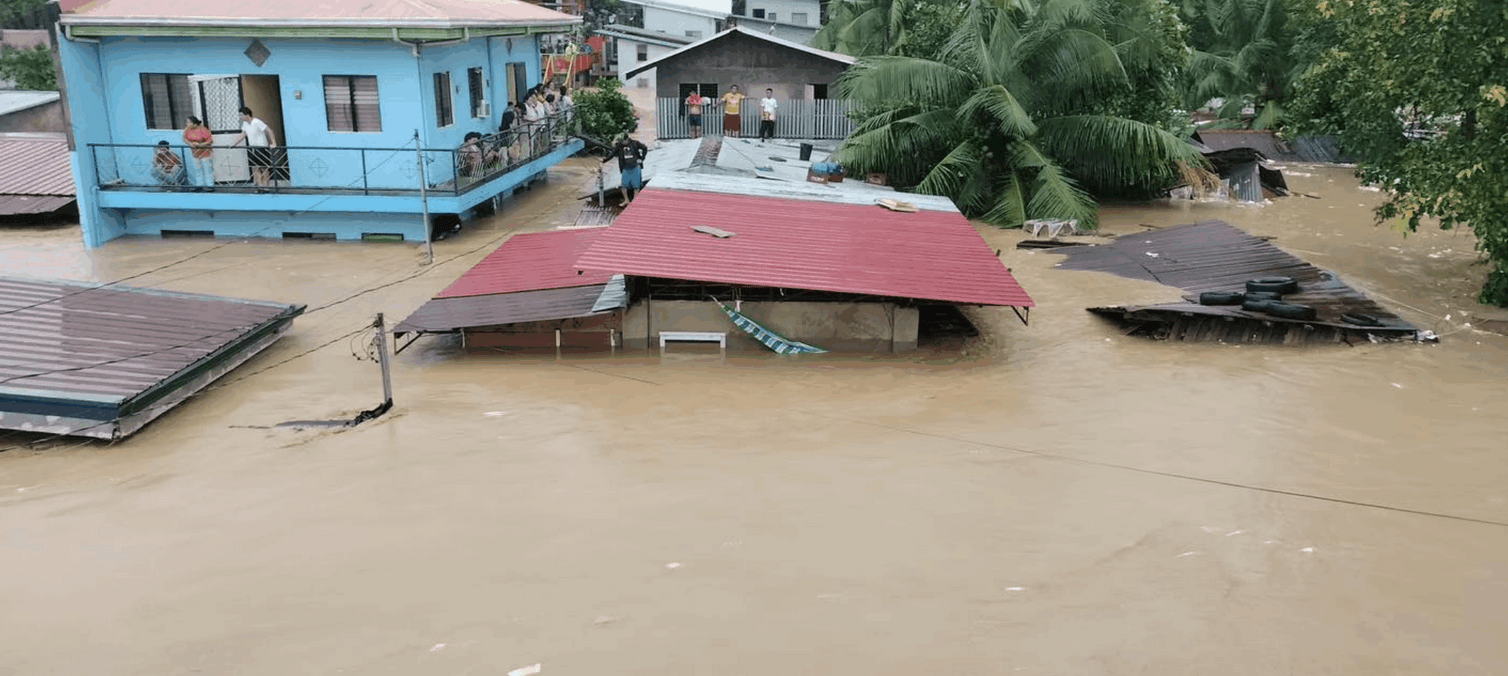
[Part 1] Typhoon Tino’s floods as stark reminders of our failures as a nation–are we finally ready to implement solutions?
First of two parts
Image (above) Rafi Velasquez & Babao Johnson via Cebu Daily News
EVERY typhoon leaves harrowing memories of pain and destruction.
BUT for a country that is in the usual pathways of typhoons–about 20 annually–in the Pacific ring of fire, some signal warnings are taken with a combined sense of hope, indifference, and fatalism. Sociologists call this bahala na or bahala na ang Diyos (it’s all up to God) mentality–a part of the Filipino psyche that could have evolved from how the environment and history have shaped and continue to shape our destiny. As Gripaldo (2005) explained, “The word ‘Bahala’ is believed to have been derived from the word ‘Bathala,’ which in the Tagalog language literally means God (Bostrom 1968:401). Thus ‘Bahala na,’ as a linguistic expression, signifies leaving something or someone in the care of God. In time this expression has become a philosophy of life, a cultural trait that has strongly developed into a significant core of Filipino attitudes.” [1] Typhoon Tino (international code name Kalmaegi) is probably one of those typhoons that did not register as significantly alarming, thus, could be left to God’s hands. How different will it be this time around? We have survived a lot of them and this is nothing different. These may have been the thoughts that run in the minds of many on that fateful dawn of Typhoon Tino.
RESIDENTS in a village in Cebu City, for example, narrated that such destructive flooding has not been experienced in their area ever–at least in their family’s shared memory in the last three decades (Piquero, 2025). [2] The stories are almost the same–many people assumed that floods will not likely come or even if they will, there was enough time to run to the nearest evacuation centers. Sadly, the volume of water that was dumped by Tino is comparable to a month’s rainfall in this time of the year–so huge that it inundated communities, destroyed livelihood and properties, and left a death toll of 224 as of this writing (data are from PAGASA and NDRRMC). [3][4][5] Just for context, such a volume of water is enough to “fill up over 170 Olympic-sized swimming pools,” (Erram, 2025). [5]

TYPHOON Tino, just like 2009’s Typhoon Ondoy, (international code name Ketsana) has also became somewhat of an outlier, behaving beyond what people typically assume. I had personally experienced the wrath of Ondoy–being woken up from sleep by building staff and neighbors who banged on our door as the waters began flowing into the front yard of the building. (We just got married that year and, the previous night, were celebrating the birthday of my husband with friends.) We didn’t have enough time and our flat then was on the ground floor. For the first time in my life, I experienced wading in floodwaters that almost reached my shoulders. Sure, I had memories from my childhood of crossing raging rivers, holding on to ropes–in the province where I’d spent most of my summer or semestral breaks–but even those were somewhat expected.
[Images on the left and below: The horrible aftermath of Typhoon Tino in Talisay, Cebu. Credits Jem Cañada]

IN the cities where I lived, it really didn’t get that bad. There was always the feeling of being safe. This is the reason I could understand why the extent of the floods of Tino caught most if not all people by surprise. But no matter how prepared or unprepared the people are, the biggest elephants in the room remain. The brokenness and failures of the system will continue to create and aggravate destruction and loss of lives. For one, we have enough resources to build effective flood control systems (including nature-based solutions) but, sadly, the corruption-ridden and multi-billion projects–many of which ended up as ghost projects–exposed recently reflect the same unprecedented character of typhoons such as Ondoy and Tino. We are aware that corruption is as old as time but never in our collective consciousness have we ever imagined that corruption could grow this big and blatant. There is too much callousness; wala nang delicadeza (there is no more sense of shame).
ESTIMATES vary but Finance Secretary Ralph G. Recto estimated that corruption related to flood control projects may reach P118.5 billion in economic losses since 2023 (as cited in Inosante, 2025). [6] Meanwhile, Public Works Secretary Dizon estimated losses could run up to trillions of pesos (as cited in Lopez, 2025]. [7]
CERTAINLY, corruption is at the crux of all these sufferings. Those who stole money that should have been used for effective and sturdy flood control systems must be put in jail. Justice must be served. However, blaming it all to corruption is not giving the full picture. The full truth is that our society–and all of us–have contributed and will continue to contribute to the massive destruction after every typhoon and there is simply no way we can escape accountability. All of us are guilty because we killed our forests and mangroves. All of us are answerable because we built cities, buildings, and infrastructures without even following a master plan and respecting nature’s balance. We are all responsible because we allowed developers to dictate the terms of residential and commercial developments. We are all accountable because we allowed our government and its regulatory agencies to give permits where they should not have been given. We are to be blamed because we became enablers by voting for crooks and selling our votes to the highest bidders. AND then, we grew silent and apathetic. So silent that even the howling of the winds of typhoons after typhoons did not wake us up from a deep slumber.
HERE are more images of Typhoon Tino and how our decisions have contributed to its immeasurable pains, losses, and destruction. May these pictures serve as final wake-up call. We could no longer afford silence and apathy.
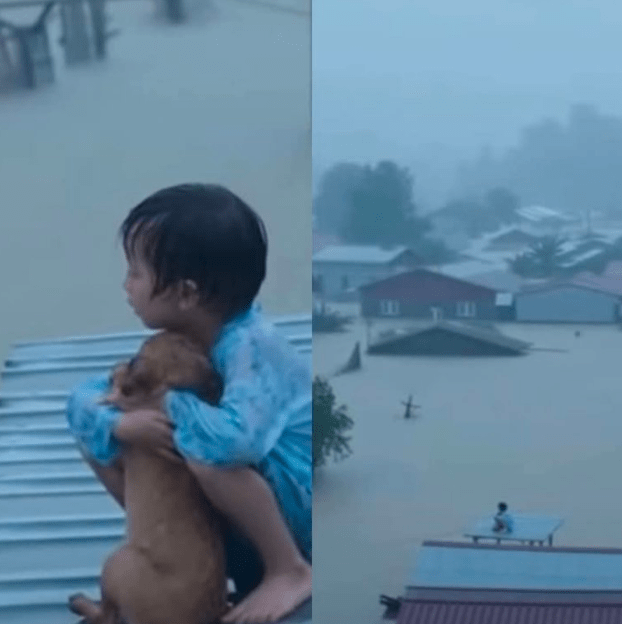
When will we say that enough is enough? Until when must our innocent children and their beloved pets suffer?
Please remember these children and their beloved pets or toys when you cast your next vote, accept or offer an ayuda in exchange for a vote, cut trees to give way to a residential /commercial development, turn a blind eye to corruption, or decide to remain silent.
[Image above (left): Ctto published via Cebu Knows. There is another post saying this image is AI-generated. Nevertheless, the message remains. It is also highly likely that in flooding incidences like this, many children would be cuddling or saving their beloved fur-babies or toys.]
[To be continued.]
REFERENCES
[1] Gripaldo, R. (2005). Bahala na: A Philosophical Analysis. Available in https://www.researchgate.net/publication/238082707_BAHALA_NA_A_PHILOSOPHICAL_ANALYSIS1
[2] Piquero, P. (2025). Villa del Rio residents recount horror of Typhoon Tino. Available in
https://cebudailynews.inquirer.net/667717/villa-del-rio-residents-recount-horror-of-typhoon-tino
[3] Serquiña, M.C. (2025, 5 Nov). PAGASA: Tino brought unusual rainfall volume in Visayas. Available in https://www.gmanetwork.com/news/scitech/weather/965067/pagasa-tino-brought-unusual-rainfall-volume-in-visayas/story/
[4] Bayoran, G. & Punongbayan, M. (2025, 8 Nov). Tino deaths hit 224; President Marcos ‘very, very sorry’. Available in https://www.philstar.com/headlines/2025/11/08/2485619/tino-deaths-hit-224-president-marcos-very-very-sorry
[5] Erram, M.m. (2025, 6 Nov). Tino unleashed more than a month’s rainfall in Cebu within 24 hours. Available in https://cebudailynews.inquirer.net/667923/tino-unleashed-over-a-months-rainfall-in-cebu-within-24-hours
[6] Inosante, A.R. (2025, 3 Sep). Economic losses from anomalous flood control projects likely hit up to P119 billion, Recto says. Available in https://www.bworldonline.com/top-stories/2025/09/03/695380/economic-losses-from-anomalous-flood-control-projects-likely-hit-up-to-p119-billion-recto-says/
[7] Lopez, D. (2025, 18 Sep). Philippine Losses From Flood Graft May Hit Trillions of Pesos. Available in https://www.bloomberg.com/news/articles/2025-09-18/philippine-losses-from-flood-graft-may-hit-trillions-of-pesos
IMAGE CREDITS
Juan Carlo de Vela, Josh Almonte, Jem Cañada, Aldo Banaynal, Jacqueline Hernandez, Fr. Roderick Yap Caabay, Michael Estonato (video source of screencaps), Nicodimo Saguirel, Rafi Velasquez & Babao Johnson (via Cebu Daily News), unknown photographer via PH Weather Update 2025, and unknown photographer /AI creator via Cebu Knows. [Heartfelt thanks to these photographers and/or image owners. If any of the images here had not been correctly credited, please reach out.]
Note on the images: Except for the works of Fr. Roderick Yap Caabay, all of the images had been taken in Cebu.
Mama Earth loves you: To maintain independence, this website is self-funded and this write-up is not a commissioned work. There is no request for donation but if you can plant a tree (or two!) on your birthdays, it will really be awesome and will make Mama Earth very happy!


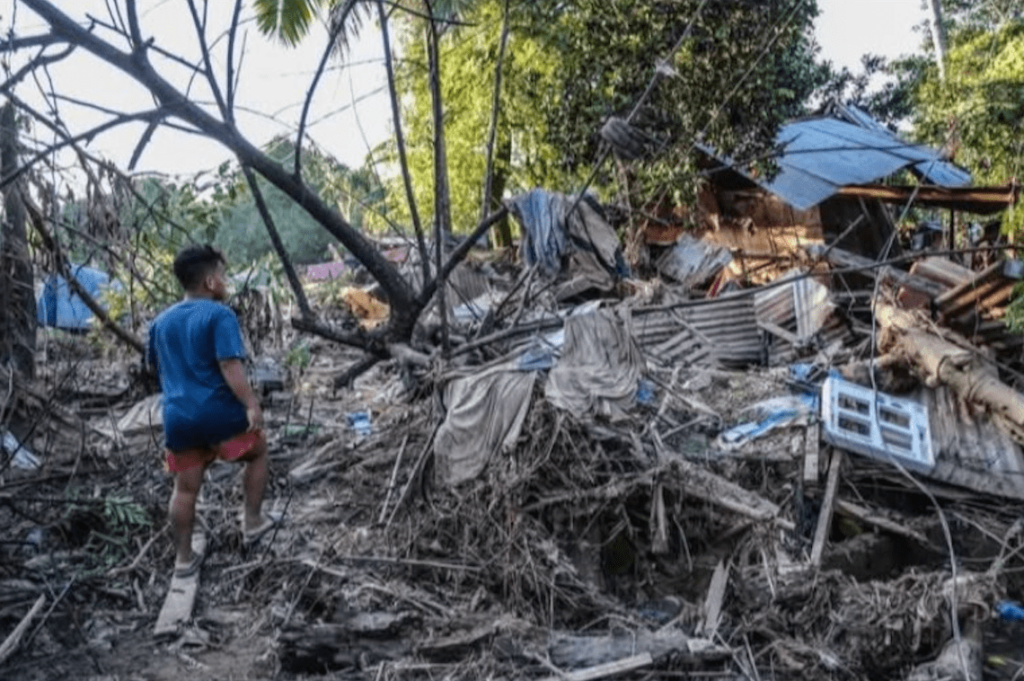
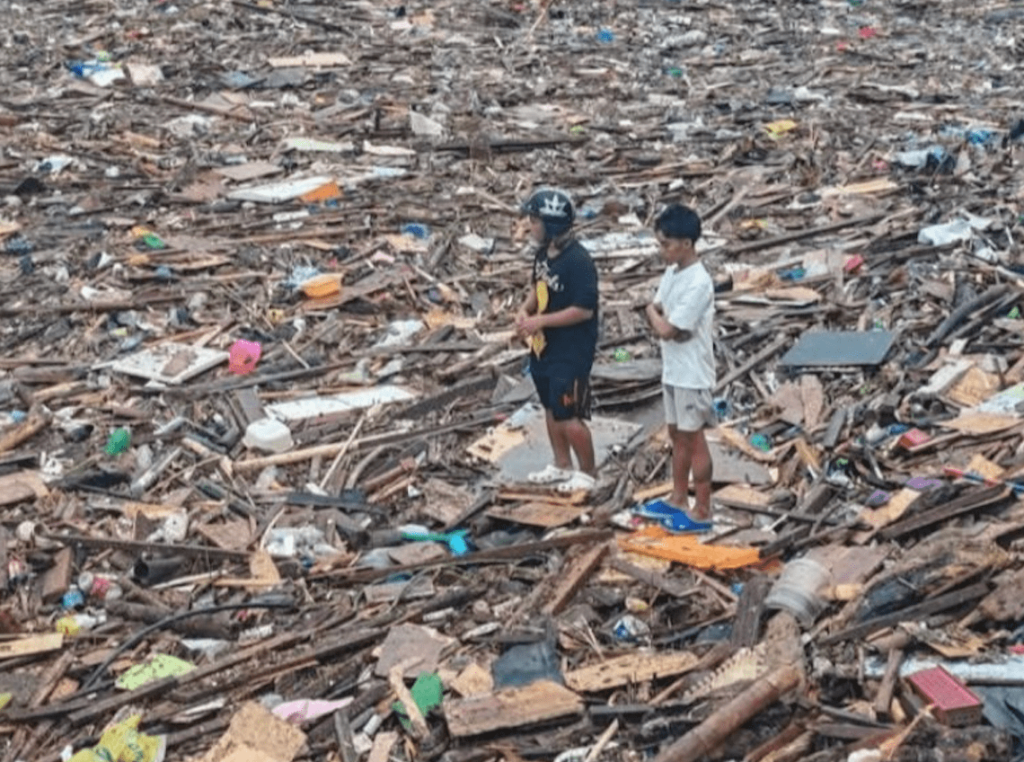
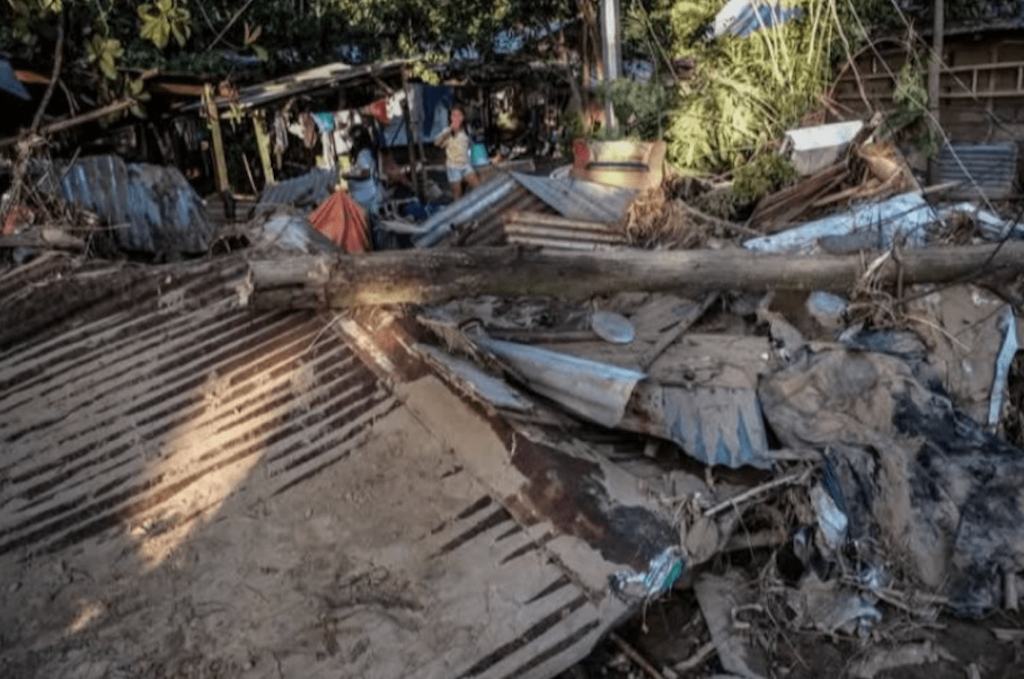
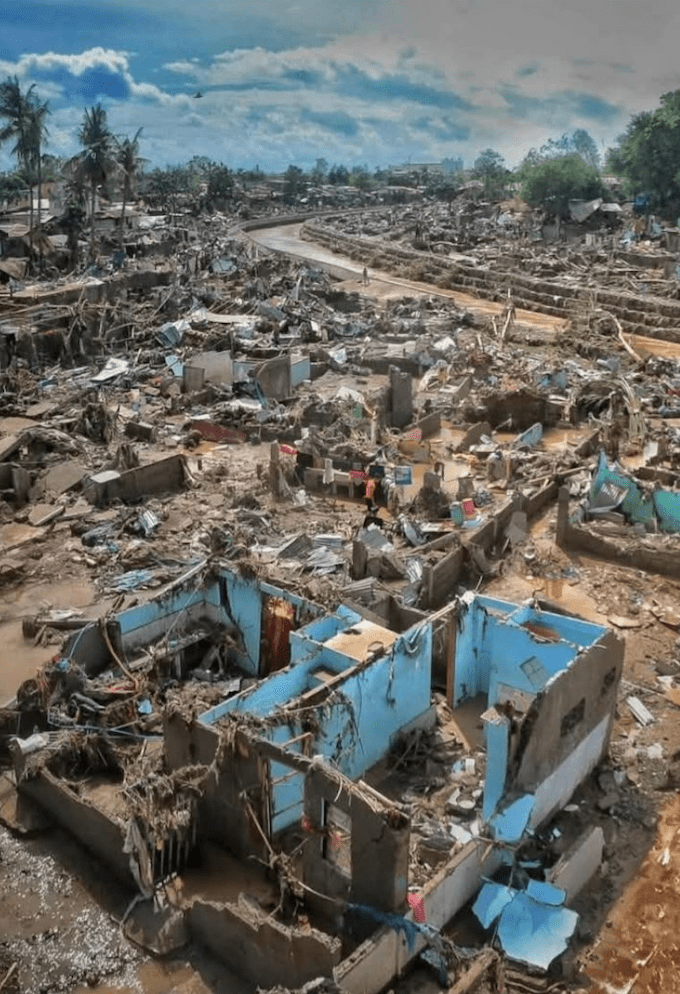

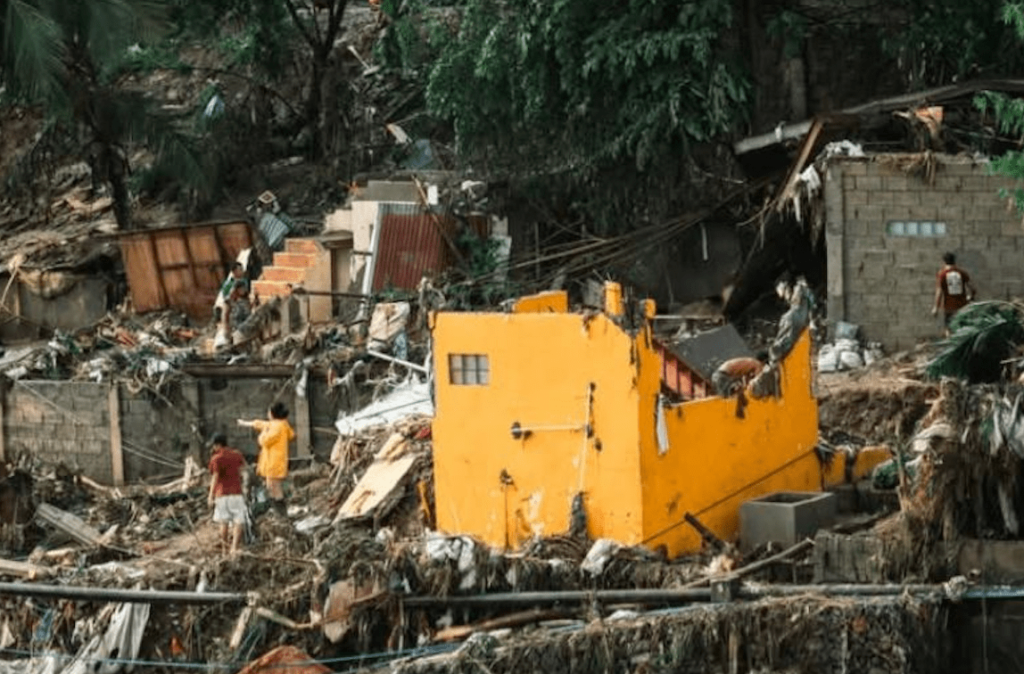
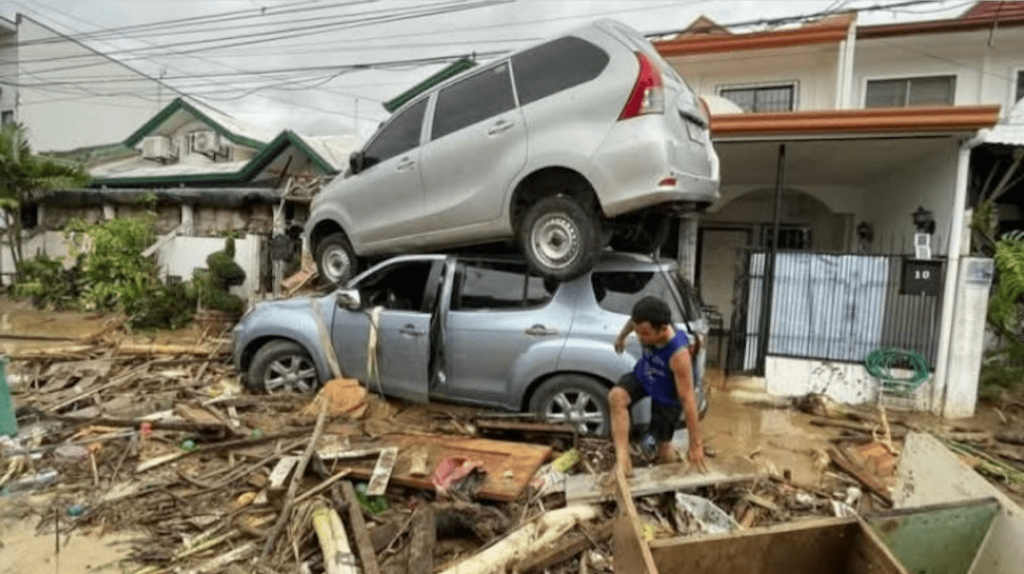
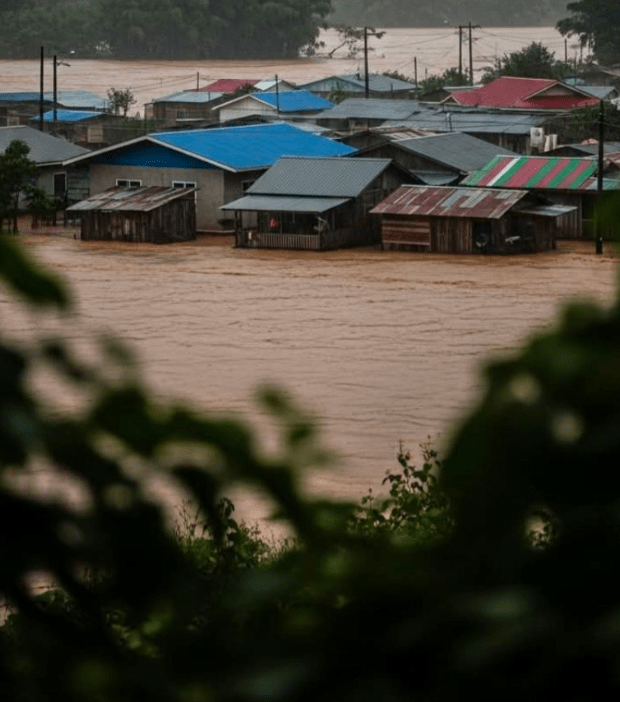

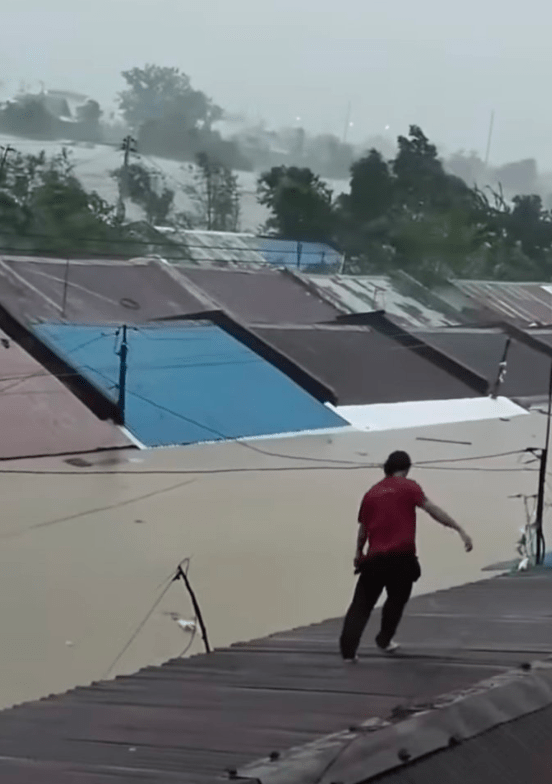
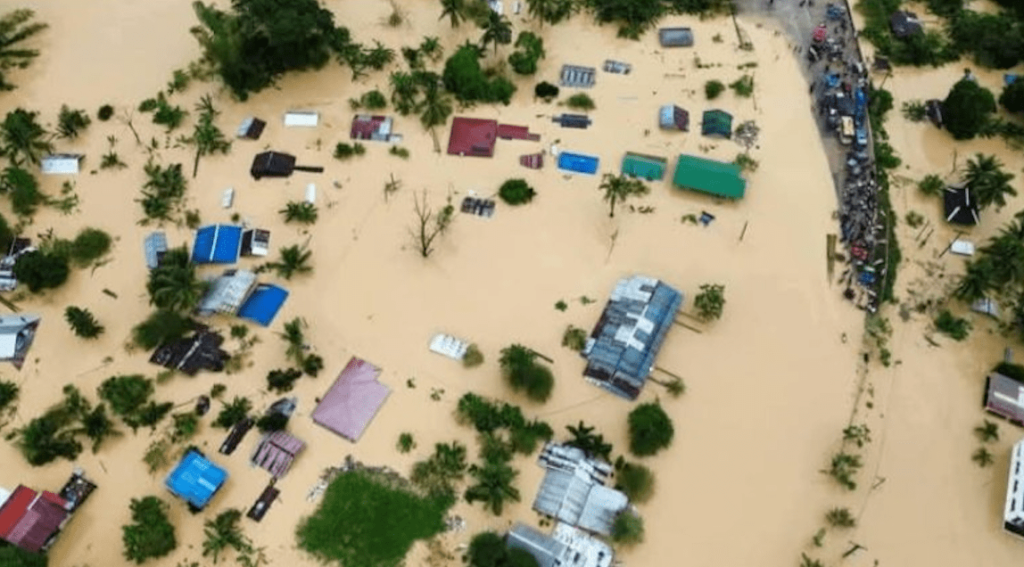
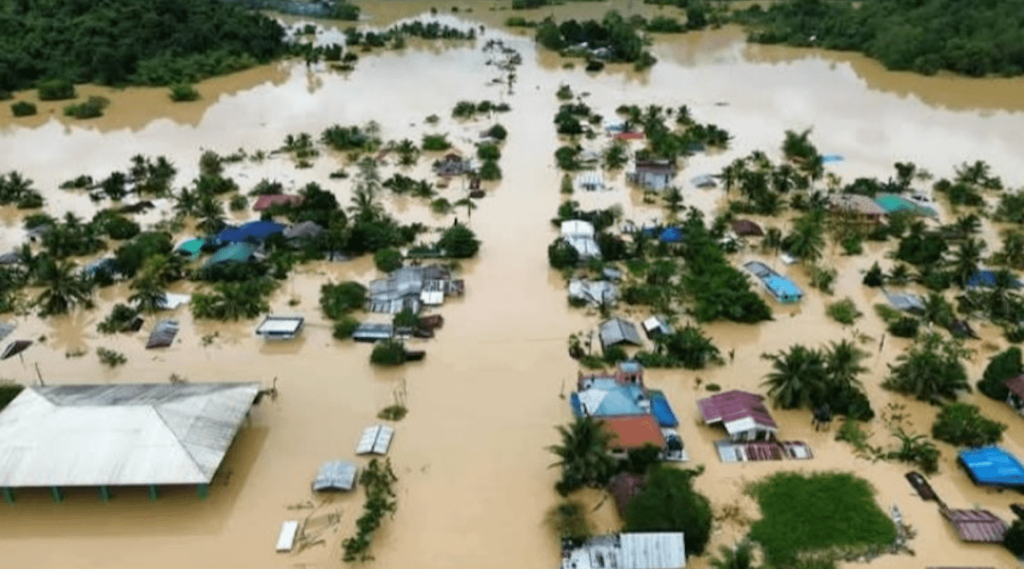
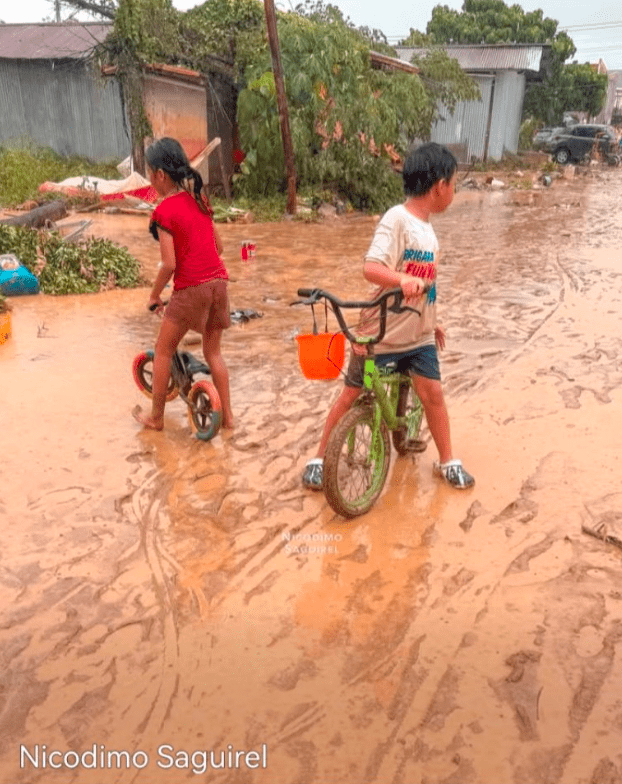


Leave a Reply